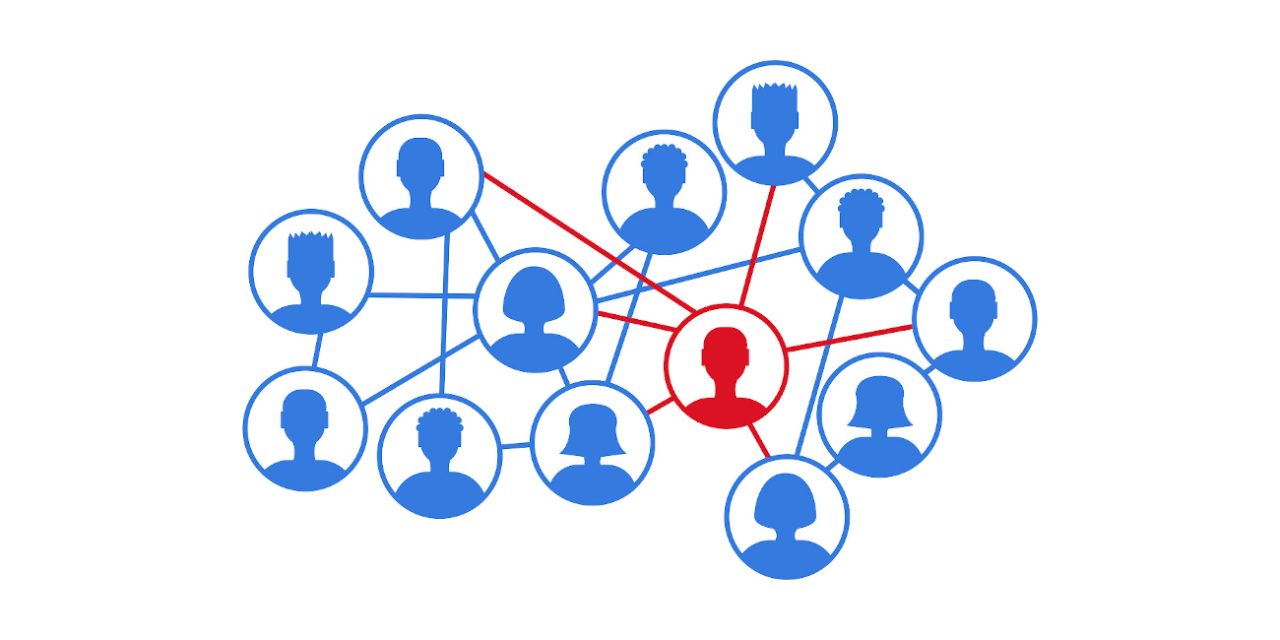By Steve Moran
This is one of those articles I am not so crazy about writing, knowing I will get some pushback, maybe a lot of pushback. But I think it needs to be talked about.
As near as I can tell there are a few hundred senior living communities that have infections; that number is growing and will continue to grow for some time. There have been deaths and there will be more deaths because of the population we serve.
The Good News
The good news is that today, (I write this at the end of March), most senior living communities are virus-free. It is also good news that senior living communities are taking extraordinary measures to keep the virus out of those buildings and to stop the spread where cases have been found.
We are really good at protecting residents. I have been proud of how creative our sector has gotten in figuring out how to provide meals and life enrichment while keeping residents safe.
Our Reputation
I know there is a very real concern that senior living will be forever tainted because of the outbreaks. I don’t believe this will be the case. I think people understand we are living through extraordinary times. While there have been a lot of public proclamations about not moving any new residents into senior living communities, this is far from universal. People still need senior living. Inquiries are down as you would expect, but they have not stopped.
I have also talked to a number of people who have older family members in senior living and they are all delighted that their loved ones are such a community where they can be cared for, rather than at home alone and fearful.
The Hard Stuff
A year or two ago I wrote an article in which I suggested that we should be paying frontline workers $25 an hour, arguing that we would get a different class of workers who would be more efficient and create better experiences for residents. I got a lot of pushback that it was impossible to pay any more than we were paying and I do understand the arguments.
Except that . . .
I am hearing stories of communities paying $2 to $5 an hour more to keep employees coming to work. A big reason for doing this is so that they do not have to work in more than one community. It is painful and will require some adjustments, maybe even reduce margins, but it is an effective strategy.
There is some evidence that in Kirkland and other places, the virus is being inadvertently spread by staff who are forced to work in more than one community, for more than one company in order to make ends meet. No question they are not doing this on purpose, and who wouldn’t want to have to be able to work in just one community? But just like we have no choice, they have no choice either.
Not Today
Today we need to get through this. We need to keep residents, teams, and families safe. But we need to have some serious conversations about how we can provide our workers a living wage so that they can live like we do . . . go to work and then home to family, not from one community to work in another community.
I do believe that if team members only had to work one job in one community the spread in senior living would be significantly lower.
FINALLY: If you believe I have this completely wrong. Write me an article and I will publish it, anonymously or with attribution, your choice.






Most of the covid-19 cases are in free-standing skilled nursing facilities or freestanding assisted living facilities yet senior living is the catch-all term you continue to use when writing about them. One of the problems with consumer acceptance of seniors housing which is the term Beth Burnham used in her presentation on April 21, is that the industry does not differentiate categories of living arrangements. For example, CCRCs have done a great job protecting residents living in their communities especially those in independent living.
By the way, I agree with your premise that the direct caregivers in SNF need more money. We have seen their worth in action during the covid crisis.